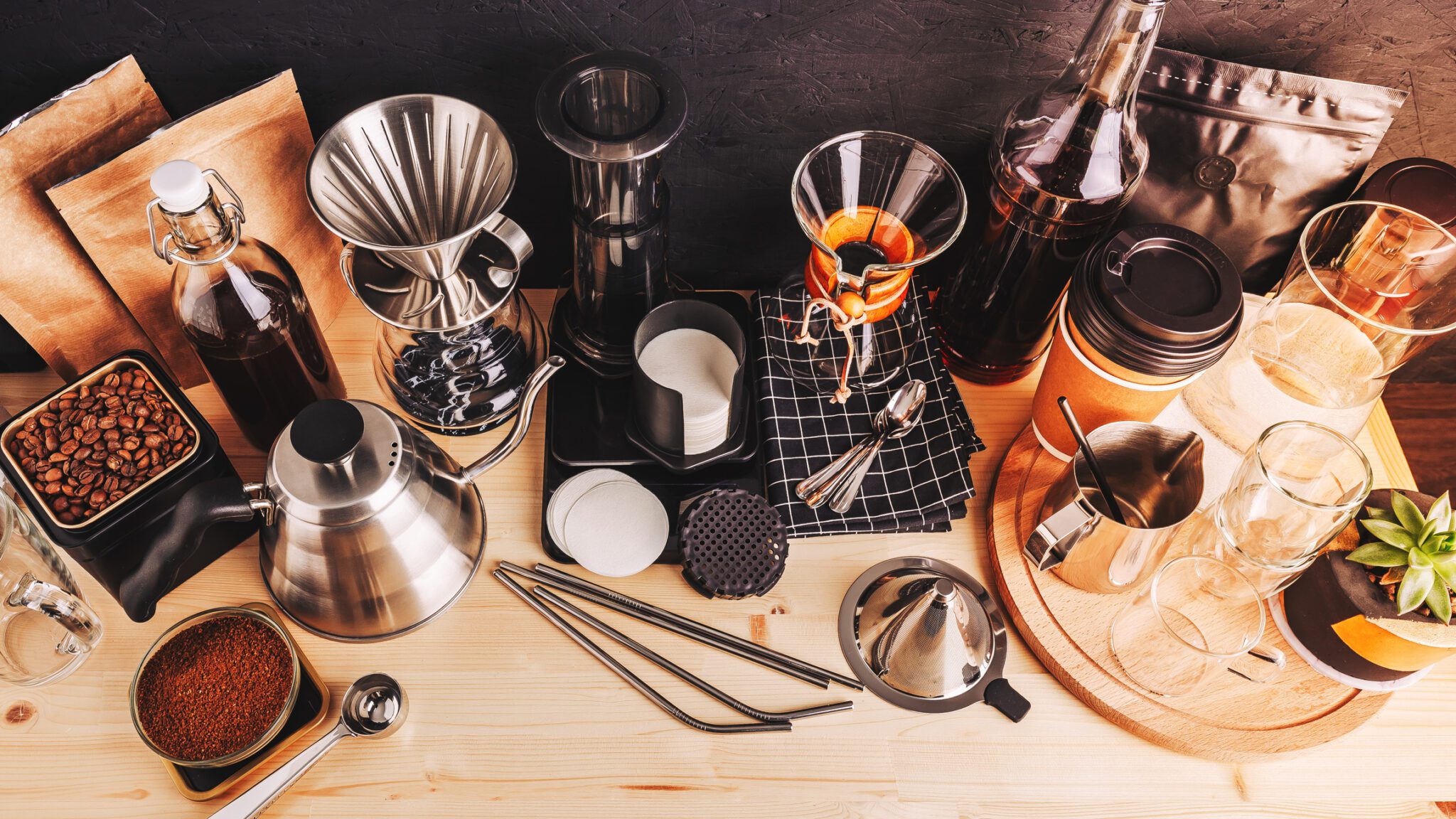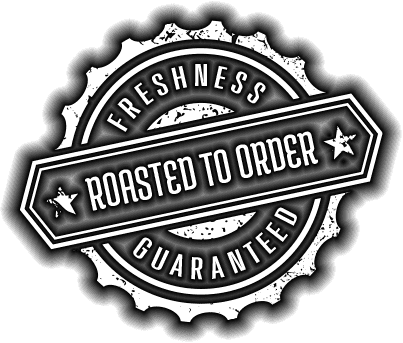The Coffee Roaster’s Toolbox: Equipment and Techniques for Success
In the world of coffee, the journey from green beans to a perfectly brewed cup is a fascinating and intricate process. Coffee roasting, in particular, is a pivotal step that can make or break the final product. To succeed in the art of coffee roasting, one needs not only skill but also the right equipment and techniques. In this blog, Brisk Coffee Roasters we will delve into the coffee roaster’s toolbox, exploring the essential equipment and techniques that pave the way for a successful roast.
1. The Roasting Machine: The cornerstone of any coffee roaster’s arsenal is the roasting machine itself. There are various types of roasting machines, including drum roasters, fluid bed roasters, and even manual roasters. The choice of machine depends on your budget, scale of operation, and personal preferences. Drum roasters are the most common, offering consistency and control, while fluid bed roasters provide rapid and even roasting. The key is to select a machine that suits your specific needs and allows you to fine-tune the roasting process.
At Brisk, we use Burns Thermalo ACO 500 pound 4-bag Capacity Roasters with customer retrofitted control panels for better control of roast temperature and time, as well as Burns Catalytic Afterburners that meet Federal EPA Standards.
2. Green Beans Selection: Coffee roasting starts with the selection of high-quality green coffee beans. The origin, variety, and processing method of the beans all influence the final flavor profile. Building relationships with coffee importers or directly with growers can help you access top-tier beans. Remember, the quality of your starting material profoundly impacts the outcome.
3. Measuring Tools: Precision is crucial in coffee roasting. Invest in a reliable set of scales and thermometers to accurately measure green coffee beans, roasted beans, and temperature throughout the roasting process. Consistent measurements enable you to replicate successful roasts and adjust when necessary.
4. Roasting Software: Many modern roasting machines come equipped with software that allows you to create and store roast profiles. Roast profiling software helps you monitor and control various parameters like time, temperature, and airflow during the roast. This data is invaluable for understanding how different variables affect the flavor of your coffee and for achieving consistency.
5. Ventilation System: An efficient ventilation system is essential to remove smoke and chaff during the roasting process. Proper ventilation ensures a clean working environment and prevents the buildup of unwanted flavors in the beans. It also contributes to the safety of your roasting space.
6. Roasting Techniques: Mastering the art of coffee roasting involves understanding various roasting techniques. The most common ones include:
- Batch Size: Adjust the amount of coffee you roast per batch to optimize heat transfer and consistency.
- Heat Application: Control how heat is applied during the roast. For example, a slower rise in temperature at the beginning can enhance the development of complex flavors.
- Cooling Process: Quickly and effectively cooling the beans after roasting is crucial to stop the roasting process and prevent over-roasting.
- Development Time Ratio (DTR): This metric helps you balance the time between the roast’s first and second phases, impacting the flavor outcome.
Brisk Coffee Rosters
Brisk Coffee Roasters was founded in 1968, with a 100-pound batch roaster, a small warehouse, one delivery truck and a passion for fine coffees. Today, Brisk has grown to become one of the largest independent roasters in the Southeastern United States. We do everything in our power to provide fresh coffee to our clients, including an on-site laboratory used for quality control and research, but also development, proprietary blend development, testing and analysis. Contact us today to learn more about how we can enhance your coffee program.
< Back to Blog


